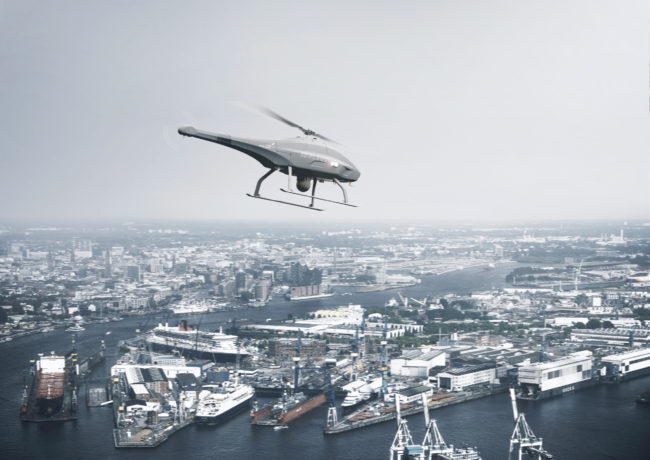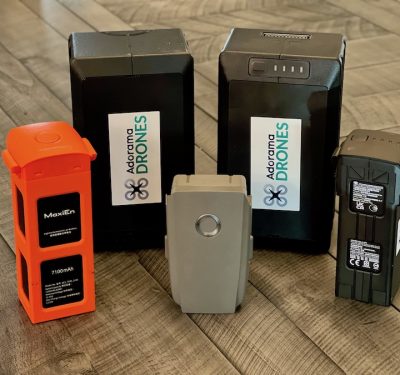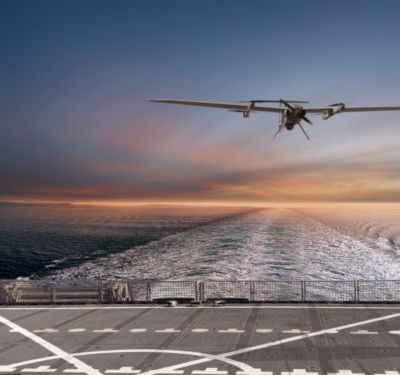
The V-200 vertical take-off and landing (VTOL) drone from UMS SKELDAR was recently selected for a multi-million Euro contract along with Nordic Unmanned and Norut Northern Research Institute.
The unmanned aircraft system (UAS) will fulfil a European Maritime Safety Agency (EMSA) framework contract valued at €14 million over two to four years, according to a news release. The drone will deliver Remotely Piloted Aerial Systems (RPAS) VTOL Services for emissions monitoring and maritime surveillance on an emergency basis.
UMS SKELDAR will provide two V-200 systems to Nordic Unmanned. Via EMSA, Nordic, together with UMS SKELDAR and Norut, will then offer UAS based services to users of the European Union (EU) member states.
“As a leading provider of European-wide infrastructure inspection and maintenance services, employing RPAS across a range of applications, including Europe’s first type approval for SKELDAR V-200, we have an extensive track record and look forward to implementing these important missions for EMSA,” said Knut Roar Wiig, CEO of Nordic Unmanned, Prime Contractor and Consortium lead, according to the release. “With considerable operational experience across a range of UAVs, given the diversity of missions and demanding environments, we need to deploy the best in class systems. The SKELDAR V-200 has proved its capability for this challenging contract.”
The UAS will be used to monitor harmful ship-generated emissions such as sulphur oxides, nitrogen oxides, carbon dioxide and particulate matter that are released into the atmosphere. The drones also could be used on an emergency basis for a variety of Intelligence, Surveillance and Reconnaissance (ISR), including border control, search and rescue, pollution monitoring, detection of illegal fishing, and drug/people traffic surveillance.
“Our NATO-compliant rotary UAV systems, powered by Hirth Engines, were conceived as maritime platforms, and are ideally suited to these contracts,” said Axel Cavalli-Bjorkman, CEO of UMS SKELDAR. “Such applications prove the versatility of rotary VTOLs and importantly showcase the suitability of UAVs and strategic fit to deliver results as part of an integrated solution. It is gratifying to see the tangible results of our stated mission to expand across civilian applications witnessed by this flagship contract.”
Potential areas of operation include all sea areas surrounding the EU with an EU or EFTA (European Free Trade Association) country, or as a starting point of the service. If requested by governmental users, deployment could be extended outside EU adjacent seas.






